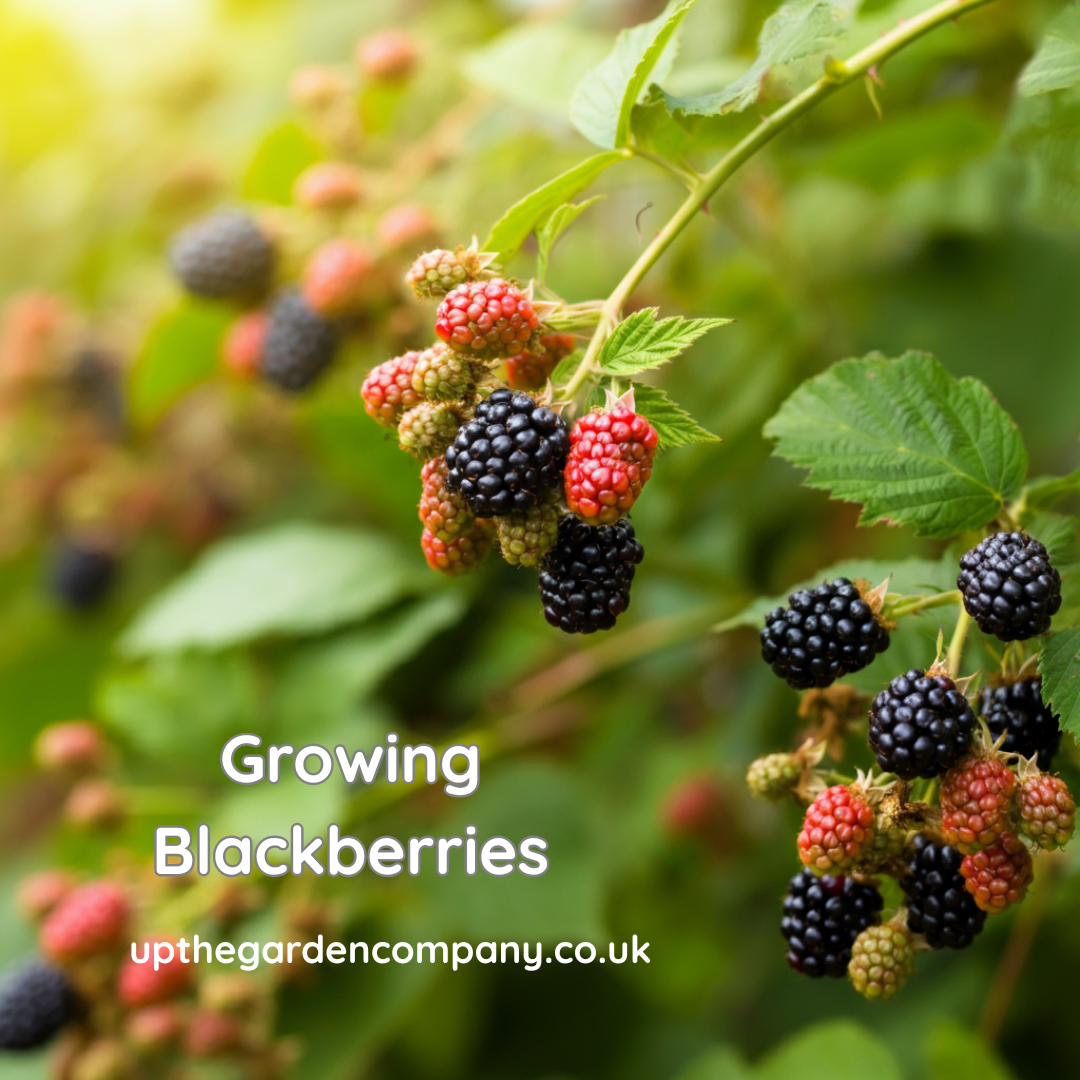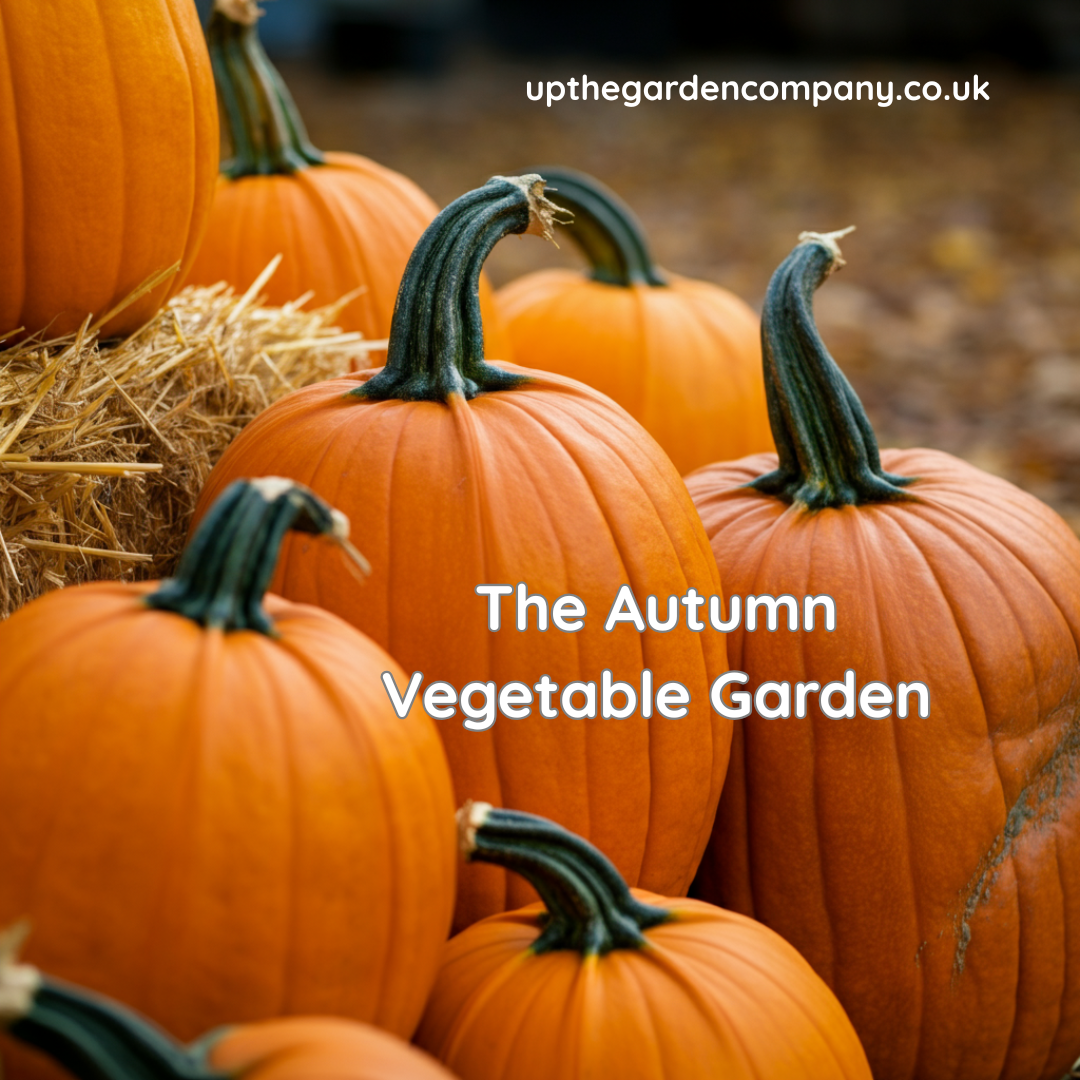Imagine creating vibrant, lasting colours for your fabrics using nothing more than the plants growing in your own back garden. From the fiery oranges of coreopsis to the deep indigos of woad, nature offers a rich palette waiting to be discovered. This ancient practice of using plants for dyeing is not only a sustainable way to colour textiles but also a deeply rewarding way to connect with the seasons and the history of craft.
A dyer’s garden is a space dedicated to cultivating plants specifically for their ability to produce natural dyes. It’s a living library of colour, where each root, leaf and flower holds the potential for transformation.
The Rich History of Dye Gardens
Long before the invention of synthetic dyes in the mid-19th century, humans relied entirely on the natural world for colour. For thousands of years, civilisations across the globe cultivated specific plants to dye their textiles, creating colours that signified everything from royalty and wealth to cultural identity. The knowledge of which plants yielded which hues was a closely guarded secret, passed down through generations of skilled artisans.
In medieval Europe, dyer’s gardens were essential to the textile trade. Woad (Isatis tinctoria) was cultivated extensively for its brilliant blue, while weld (Reseda luteola) provided a vivid yellow and madder (Rubia tinctorum) produced a range of reds. These three plants formed the cornerstone of the European dyer’s palette, capable of creating a full spectrum of colours when over-dyed. Monasteries often maintained their own extensive dye gardens, using the plants to colour vestments and create illuminated manuscripts.
The arrival of synthetic dyes in 1856, starting with William Henry Perkin’s discovery of mauveine, marked a dramatic shift. These new chemical dyes were cheaper, quicker to use, and offered a consistency that natural dyes could not always guarantee. As a result, the cultivation of dye plants dwindled, and much of the traditional knowledge was nearly lost. Today, however, there is a powerful resurgence of interest in natural dyeing, driven by a desire for sustainability, a connection to craft, and the uniquely beautiful, living colours that only plants can provide.
Essential Plants for a Dyer’s Garden
Creating a dyer’s garden is an exciting venture. Many traditional dye plants are well-suited to the British climate and others can be grown easily as annuals.
1. Madder
- Botanical Name: Rubia tinctorum
- Description: A sprawling perennial herb with small, star-shaped yellow flowers and whorls of lance-shaped leaves. It can grow quite unruly, so give it a dedicated space where it can spread.
- History: Madder has been used for over 5,000 years to produce a range of red dyes. It was famously used to dye the “red coats” of the British army and was a vital crop in Europe until the late 19th century.
- Colour & Part Used: Madder produces a spectrum of reds, oranges, and pinks. The valuable dye comes from the roots, which must be harvested after at least three years of growth for the strongest colour.
2. Weld
- Botanical Name: Reseda luteola
- Description: An unassuming biennial plant that forms a rosette of leaves in its first year and sends up a tall, slender spike of greenish-yellow flowers in its second, reaching up to 1.5 metres.
- History: Weld produces one of the most lightfast natural yellow dyes available. It was highly prized in ancient Rome and medieval Europe and was used to create the beautiful yellows and greens (when over-dyed with woad) seen in historical tapestries.
- Colour & Part Used: Weld gives a brilliant, clear lemon yellow. The dye is extracted from the entire plant—leaves, stems and flowers—harvested just as it begins to flower.
3. Woad
- Botanical Name: Isatis tinctoria
- Description: A biennial from the brassica family. It forms a rosette of long, blue-green leaves in its first year, followed by a tall stalk with clusters of small, bright yellow flowers in the second.
- History: Woad is Europe’s native source of indigo dye and has a history stretching back to the Iron Age. Ancient Britons, including the Picts, were said to have painted their bodies with woad for battle. It was a cornerstone of the European textile industry until the 17th century.
- Colour & Part Used: Woad produces a beautiful and classic indigo blue. The pigment is extracted from the leaves harvested in the first year, through a complex fermentation process.
4. Japanese Indigo
- Botanical Name: Persicaria tinctoria
- Description: A fast-growing annual that thrives in warm, sunny conditions. It has broad, pointed leaves and produces small, pinkish-white flowers in late summer. It is easier to grow and process for indigo than woad.
- History: As its name suggests, this plant has been the primary source of indigo in Japan for centuries, used to dye fabrics for everything from samurai garments to peasant workwear.
- Colour & Part Used: This plant yields a stunning indigo blue from its leaves. Multiple harvests can be taken throughout the summer before the plant flowers.
5. Coreopsis
- Botanical Name: Coreopsis tinctoria
- Description: Also known as Dyer’s Coreopsis or Plains Coreopsis, this is a cheerful and easy-to-grow annual. It produces masses of daisy-like flowers with yellow petals and deep red-brown centres.
- History: Native to North America, Coreopsis was used by various indigenous peoples for dyeing. It is now a popular choice in modern dye gardens for its ease of cultivation and the brilliant colours it produces.
- Colour & Part Used: The flower heads produce a range of rich colours from golden yellow and bright orange to deep russet and mahogany red.
6. Hollyhock
- Botanical Name: Alcea rosea
- Description: A classic cottage garden biennial or short-lived perennial, known for its tall, stately spikes of large, showy flowers in a wide array of colours.
- History: While primarily grown as an ornamental, the darker varieties of hollyhock have long been used in folk dyeing traditions to create subtle shades.
- Colour & Part Used: The deep red, purple, and near-black flowers can be used to create shades of mauve, lavender, and soft grey. The colours are beautiful but not always as lightfast as other dye plants.
7. Lady’s Bedstraw
- Botanical Name: Galium verum
- Description: A low-growing, sprawling perennial with fine, needle-like leaves and clouds of tiny, honey-scented yellow flowers in summer. It is a common wildflower in the UK.
- History: A relative of madder, Lady’s Bedstraw was traditionally used to dye textiles red and to curdle milk for cheese-making. Its name comes from its use as a stuffing for mattresses, where its scent helped to repel fleas.
- Colour & Part Used: Similar to madder, the roots of Lady’s Bedstraw produce a red dye, while the flowering tops can yield a soft yellow.
8. Dahlia
- Botanical Name: Dahlia spp.
- Description: A tuberous perennial beloved for its spectacular, varied flower forms and colours. They bloom from mid-summer until the first frosts, providing a late-season source of dye.
- History: Originating in Mexico, dahlias were primarily grown for their beauty. However, dyers have discovered that their vibrant petals can also impart beautiful colours to fabric.
- Colour & Part Used: The flower heads (specifically the petals) of yellow, orange, and red varieties can be used to produce shades of yellow and orange.
9. Onion
- Botanical Name: Allium cepa
- Description: The humble kitchen onion is a surprisingly potent dye source. It is a biennial plant grown as an annual for its edible bulb.
- History: Using onion skins for dyeing is a practice rooted in frugality and tradition, found in cultures worldwide. It is one of the most accessible and reliable natural dyes.
- Colour & Part Used: The papery outer skins of yellow onions produce a range of beautiful golden yellows and rusty oranges. The skins of red onions yield shades of khaki green, amber, and brown.
10. Marigold
- Botanical Name: Tagetes spp.
- Description: French and African marigolds are hardy annuals known for their pungent scent and vibrant yellow, orange, and red flowers. They are incredibly easy to grow from seed.
- History: Marigolds have been used for dyeing for centuries, particularly in India, where they are used to create the brilliant yellows seen in celebratory textiles and are offered in religious ceremonies.
- Colour & Part Used: The flower heads give a strong and reliable yellow to deep orange dye that is very lightfast, especially on wool.
How to Plant and Maintain Your Dye Garden
Creating your dyer’s garden follows the same principles as any other garden, with a few special considerations.
Planning Your Space
- Sunlight: Most dye plants, including woad, weld, Japanese indigo and coreopsis, thrive in full sun (at least six hours of direct sunlight per day).
- Soil: Good drainage is key. Most of these plants are not fussy, but they will not tolerate waterlogged soil. Amending heavy clay soil with compost or horticultural grit will improve its structure.
- Space: Some plants, like madder, are perennials that will spread and need a permanent, dedicated bed. Annuals like Japanese indigo and coreopsis can be planted in beds or large containers.
Planting and Care
- Sowing Seeds: Annuals like coreopsis, marigolds, and Japanese indigo are best sown indoors in early spring and planted out after the last frost. Biennials like woad and weld can be sown directly into the garden in late summer to establish before winter.
- Watering: Water your plants regularly after planting until they are established. Once established, many dye plants are quite drought-tolerant, but they will produce more dye material with consistent watering during dry spells.
- Feeding: Generally, dye plants do not require heavy feeding. Over-fertilising can lead to lush leaf growth at the expense of dye concentration. A light top-dressing of compost in the spring is usually sufficient.
- Weeding: Keep your dye beds well-weeded, especially when the plants are young, to reduce competition for light, water, and nutrients.
Harvesting and Storing Your Dye Plants
The timing of your harvest is crucial for achieving the best colours.
- Flowers (Coreopsis, Marigold, Dahlia): Harvest flower heads when they are fully open. They can be used fresh or dried for later use. To dry, spread them in a single layer on a screen or hang them in bunches in a dark, airy place. Store dried flowers in paper bags or airtight jars away from direct sunlight.
- Leaves (Woad, Japanese Indigo): Harvest leaves for indigo before the plant starts to flower, as this is when the indican pigment is at its highest concentration. These leaves must be used fresh for the best results.
- Whole Plants (Weld): Harvest weld just as the flowers begin to open. The entire plant can be hung upside down to dry for later use.
- Roots (Madder): Madder roots should not be harvested until the plants are at least three years old. Dig them up in the autumn, wash them thoroughly, chop them into small pieces, and dry them completely before storing.
Using Your Plants to Dye Fabric
The final step is to transform your harvest into colour. While each plant has its specific requirements, the general process for most (excluding indigo) involves two key stages: mordanting and dyeing.
1. Mordanting Your Fabric
Mordanting is the process of pre-treating your fabric with a metallic salt, which acts as a binder between the dye and the fibre, ensuring a permanent, lightfast colour. Alum (potassium aluminium sulphate) is the most common and safest mordant.
- Choose Your Fibres: Natural fibres like wool, silk, cotton and linen work best. Wool and silk (protein fibres) take up dye more readily than cotton and linen (cellulose fibres).
- Process: Weigh your dry fabric. Use about 15% alum to the weight of your fabric. Dissolve the alum in hot water, then add it to a large pot of water. Add your pre-wetted fabric, heat gently for an hour, and then allow it to cool in the pot. You can use the fabric immediately or dry it for later.
2. Creating the Dyebath
- Extraction: Chop your plant material (flowers, leaves or roots) and place it in a large, non-reactive pot (stainless steel or enamel). Cover with water and heat gently for about an hour to extract the colour. Avoid boiling, as it can dull the colours.
- Straining: Strain the liquid through a fine-mesh sieve or cloth to remove all the plant material, leaving you with a clear dyebath.
- Dyeing: Add your pre-wetted, mordanted fabric to the dyebath. Heat gently for at least an hour, stirring occasionally to ensure even colour. For deeper shades, you can leave the fabric to cool in the dyebath overnight.
- Rinsing and Drying: Once you are happy with the colour, remove the fabric, rinse it in clean water until the water runs clear and hang it to dry away from direct sunlight.
A Garden of Colourful Possibilities
Planting a dye garden is an act of creation from soil to fabric. It connects you to a rich history of artistry and offers a sustainable alternative to the world of synthetic colour. The journey of watching seeds sprout, flowers bloom, and colours emerge in the dyepot is profoundly satisfying. Start small with a few pots of marigolds or a patch of coreopsis, and you will soon discover the joy of painting your world with the colours of your own garden.
Further Reading: How to Plant, Plan and Create a Witches’ Garden, How to Plan and Create a Forager’s Garden, How to make Natural Dyes










